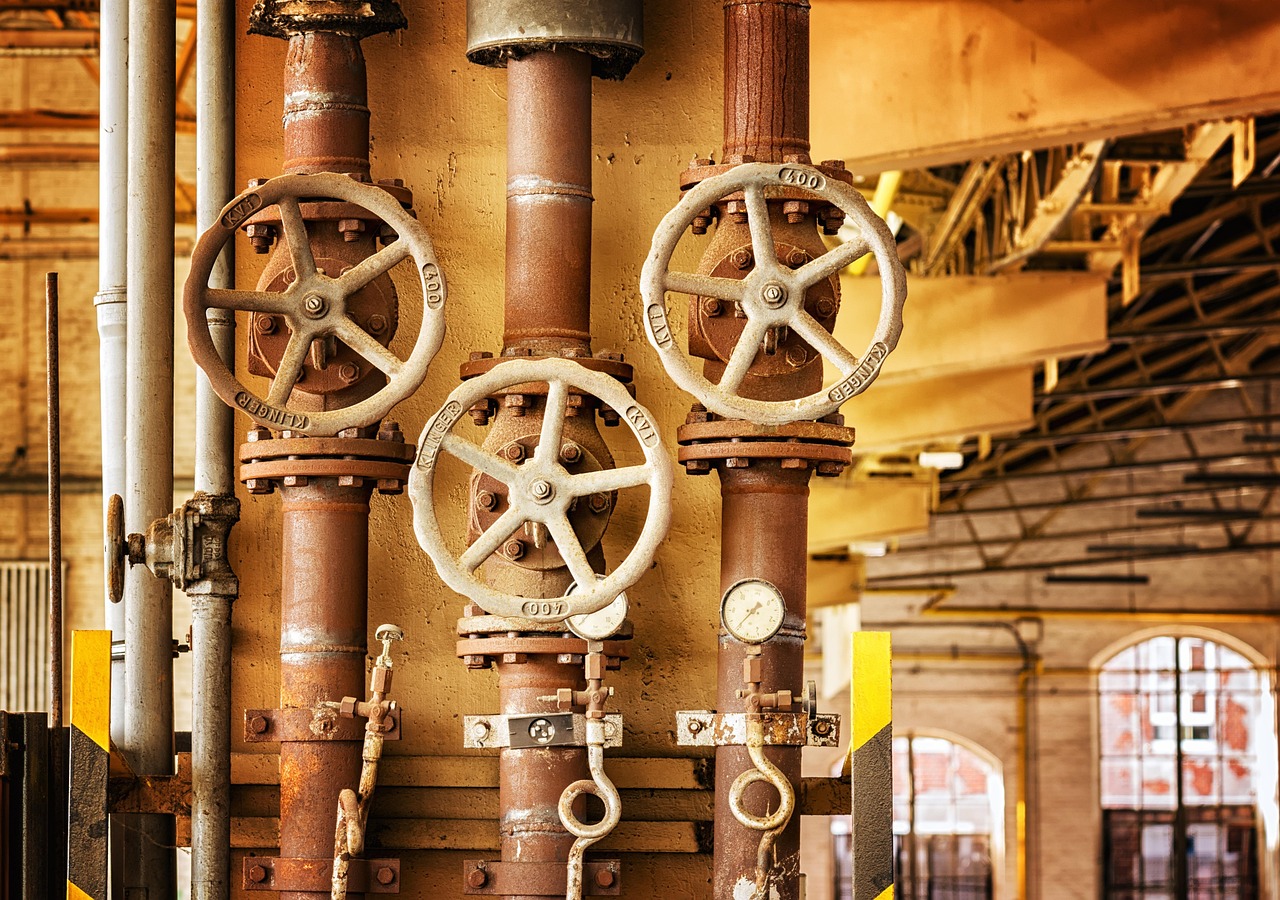Aging infrastructure has become an increasing concern across industrial facilities, municipalities, and utility networks in recent years. The need for effective, long-lasting pipe repair solutions is more pressing than ever. Traditional dig-and-replace methods are disruptive, time-consuming, and costly, especially in environments where uptime and safety are critical. That’s where industrial cured-in-place, also known as CIPP, techniques come into play, offering a non-invasive, highly durable alternative.
Industrial CIPP methods are revolutionizing how engineers and facility managers approach pipe rehabilitation. From high-pressure water mains to chemical-resistant process piping, CIPP brings a new level of precision and performance to the field.
What is Industrial Cured-in-Place Pipe Technology?
CIPP is a trenchless pipe rehabilitation method that involves inserting a resin-saturated liner into an existing pipeline, inflating it to conform to the host pipe, and curing it in place using different methods available. Once cured, the liner forms a seamless, jointless new pipe within the original structure, restoring structural integrity and flow capacity without excavation.
CIPP can be used for diameters ranging from 4” to 120” and works on materials including cast iron, steel, concrete, clay, and PVC.
Industrial Applications Demand a Higher Standard
While residential and municipal systems benefit greatly from trenchless technology, industrial settings present more complex challenges, such as:
- Higher temperatures and pressures
- Chemical exposure and corrosive materials
- Limited downtime and strict production schedules
- Confined space access and safety restrictions
To meet these conditions, CIPP systems used in industrial applications are engineered with advanced resins (like vinyl ester or epoxy), reinforced liners, and rigorous quality control standards.
Benefits of Industrial CIPP Solutions
There are plenty of known benefits to these solutions, including the following:
- Minimal disruption to operations
- Long-term structural integrity
- Chemical and temperature resistance
- Improved flow efficiency
- Sustainability
Common Industrial Applications for CIPP
CIPP has been successfully implemented across industries such as:
- Food & Beverage Processing: for grease and wastewater lines requiring sanitary solutions
- Chemical Manufacturing: to restore pipelines exposed to caustic or corrosive substances
- Pharmaceutical Facilities: where cleanliness and pipe integrity are tightly regulated
- Power Plants: to rehabilitate cooling water systems, condensate drains, and HVAC piping
- Heavy Manufacturing: including automotive, paper mills, and textile plants where continuous flow is essential
- Municipal Infrastructure: such as storm drains, force mains, and sanitary sewer lines running beneath roadways or buildings
Customizing CIPP for Complex Environments
Every industrial site has unique requirements. Advanced CIPP contractors offer customization options such as:
- Pressure-rated liners for force mains and pressurized systems
- Corrosion-resistant epoxy for chemical exposure
- Abrasion-resistant coatings for slurry or solids transport
- Pre-liners for pipes with extreme infiltration or structural failure
- Bypass pumping to keep systems running during repair
These adaptations make CIPP not only viable but often superior to replacement in harsh environments.
Final Thoughts
As infrastructure across industries continues to age, industrial cured-in-place techniques are reshaping how engineers approach pipe rehabilitation. CIPP offers a smart, sustainable, and highly adaptable solution that reduces downtime, enhances performance, and prolongs the life of critical systems without tearing apart your facility.
For forward-thinking facility managers and engineers, investing in modern trenchless methods is more than just an upgrade. Think of it as a strategic decision that keeps operations flowing and budgets in check. Contact us today!
